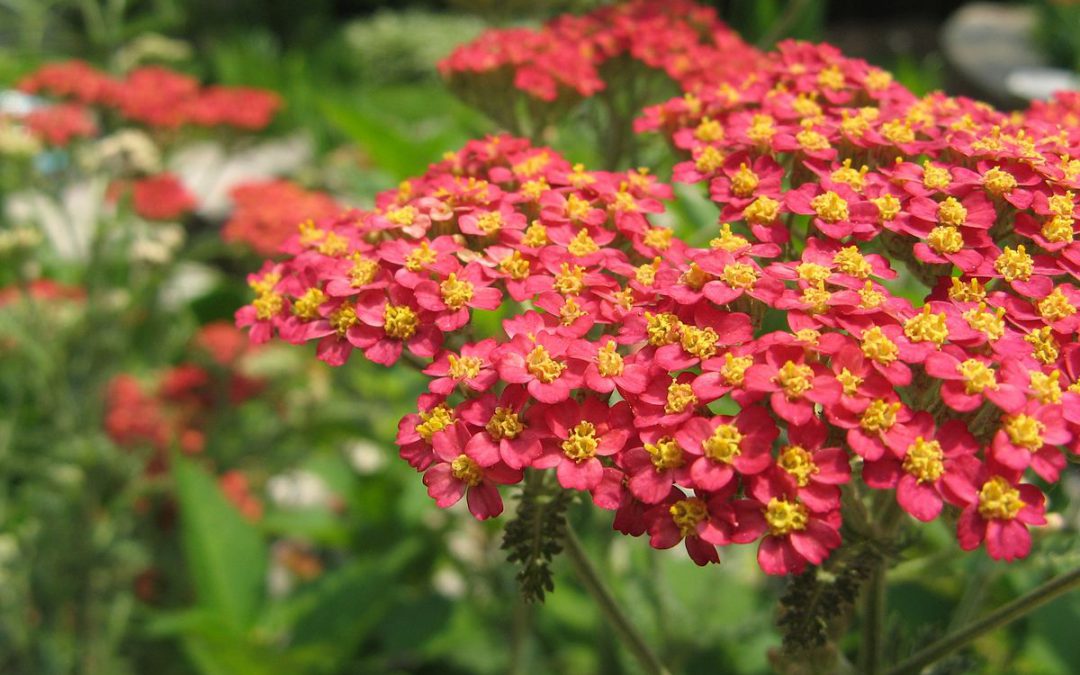
by Mark Tancig | Feb 24, 2022
Gardeners delight in finding a versatile and resilient landscape plant, especially one that is easily shared. Unfortunately, when a plant checks off those characteristics, it usually finds itself on the invasive species list (see IFAS Assessment). Well, in the case of yarrow (Achillea millefolium), we get a tough plant that is easily propagated, has attractive blooms and foliage, attracts butterflies, and is considered native! As I’ll discuss below, it doesn’t come totally flawless.
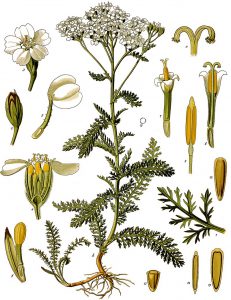
Yarrow, in the Asteraceae family, is a great addition to the landscape.
Yarrow is considered a cosmopolitan species. It is found across the entire northern hemisphere and there has been a lot of mixing of native and introduced plants, causing much confusion amongst botanists. It is currently considered a single, though complicated, species. Much of the mixing is due to its history with man, being carried along all sorts of expeditions, even the mythical character Achilles, where the plants genus name comes from. The species name comes from the finely divided leaves – like a thousand leaves. It is in the daisy and sunflower family, called the Asteraceae, or composite family, due to the flower heads being composed of many individual flowers.
The cluster of flowers over the feathery leaved foliage is what makes yarrow stand out. The classic yarrow is white-flowered, but breeders have developed many cultivars in an array of colors, including red (‘Rosea’ or ‘Paprika’), pink (‘Cerise Queen’), purple (‘New Vintage Rose’), and yellow (‘Gold’ or ‘Lemon’). Yarrow is also great for its drought tolerance and has few pests or diseases that bother it. It is even reported to be deer resistant! It can be propagated by seed and is easily divided.
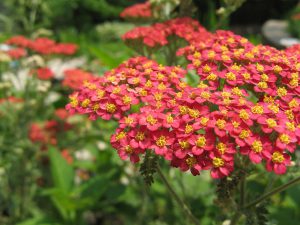
Yarrow ‘Paprika’ is a commonly found yarrow cultivar. Source: Timeh87, Creative Commons license.
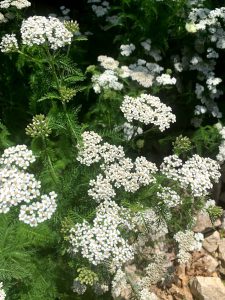
The common yarrow shows off beautiful white blooms over the feathery foliage. Credit: Rachel Mathes, UF/IFAS.
With all these great attributes comes one potential problem – it is considered toxic to dogs, cats, and horses. Yarrow contains a toxic alkaloid, called achilleine, that can poison some mammals. So, if you have an adventurous pet that likes to chew on random plants, then you may want to skip adding yarrow to your landscape. Achilleine is the same compound that has led it to be used by humans for centuries as a blood clotting agent. Achilles was said to have carried yarrow to the battlefield in Troy for his soldiers and the plant has been known as herba militaris and soldier’s woundwort. Of course, always consult a doctor for medical advice!
While not a good choice around Fido, yarrow can be a great plant for Florida gardeners. For more information on growing yarrow, see this Ask IFAS publication and this profile from Evergreen State University. You can also contact your local county extension agent for additional information on gardening and more.
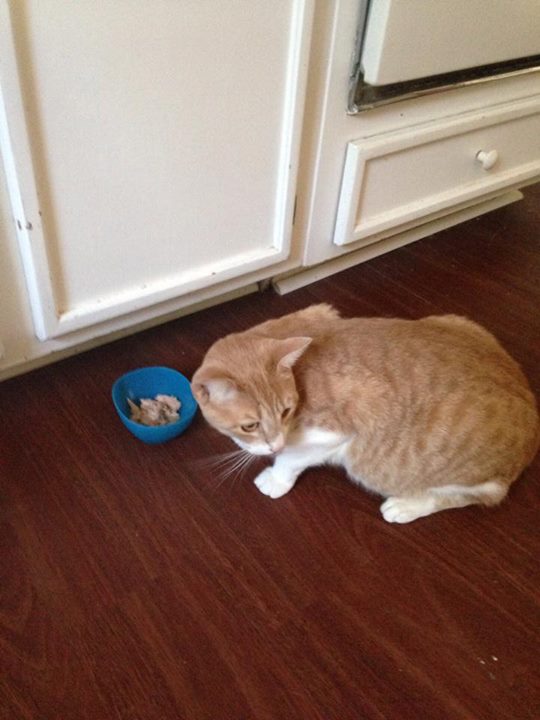
by Carrie Stevenson | Aug 26, 2015
About two years ago, my son was mowing the lawn when he came across something orange and furry lying in the grass. He backed away and yelled for his dad, but the damage had already been done—he had come across the remains of our orange tabby cat, killed overnight by a larger predator. Emotional repercussions aside, it was startling for our family to realize that even in a residential neighborhood within the city limits, animals were hunting nearby. Based on the experience of seeing one in our own yard just a few months earlier and from other neighbors’ stories, we realized we’d had a coyote attack. Our neighborhood is located relatively close to a large wooded area and a local bayou, and there are plenty of places for coyotes to find shelter.
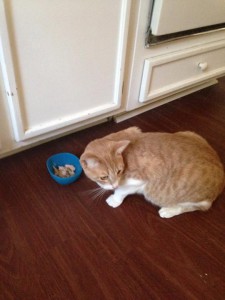
Always feed your pets indoors and keep them inside at night to prevent coyote attacks. Photo credit: Carrie Stevenson
We learned several lessons after our incident that could be helpful to others living in areas populated with coyotes. Like sharks, coyotes are crepuscular creatures—most actively feeding at dusk and dawn. While they prefer to eat small animals like lizards, rodents, and young birds or deer, they are omnivorous and will also eat fruit and grasses. Not unlike other urban wildlife such as raccoons, they are opportunistic feeders and will scavenge dead animals and garbage. One of the best ways to protect small pets is to keep them (and their food) indoors at night and early morning. Pet food left outdoors often attracts coyotes’ normal prey and therefore the coyotes themselves. It is extremely rare to hear of a coyote attacking a human, but if threatened it is recommended that you yell, throw something, or spray a water hose. Stand your ground and fight back—don’t run, as this will encourage them to give chase.
Coyotes are social animals and often hunt in packs, and like the dogs they’re related to, have excellent vision, hearing, and sense of smell. They will howl and bark to communicate with one another, and hearing these vocalizations is often the first sign that there are some living nearby.

Coyotes are common throughout Florida. Photo credit: W. M. Giuliano
Floridians are no strangers to living with wild animals—we all routinely hear stories of alligators, black bears, venomous snakes, and sharks interrupting our attempts at taming the former wildlands that we now occupy. As urban development marches through the landscape, the large tracts of land once used primarily by animals for hunting and shelter are occupied by human dwellings and transportation routes.
While coyotes are relatively new to Florida (they are native to the western US but entered northwest Florida in the 1970’s), they’ve filled in the ecological gap left by a reduction of native wolves, bobcats, and panthers. Research has shown they now reside in every Florida county and can range the entirety of North America and most of Central America.
Most homeowners will never encounter a coyote, but it is helpful to know they are out there and to take precautions with pets and yard practices to prevent attracting one into your backyard.
For more information on managing coyotes, please visit the UF publication Managing Conflicts with Wildlife: Living with Coyotes.
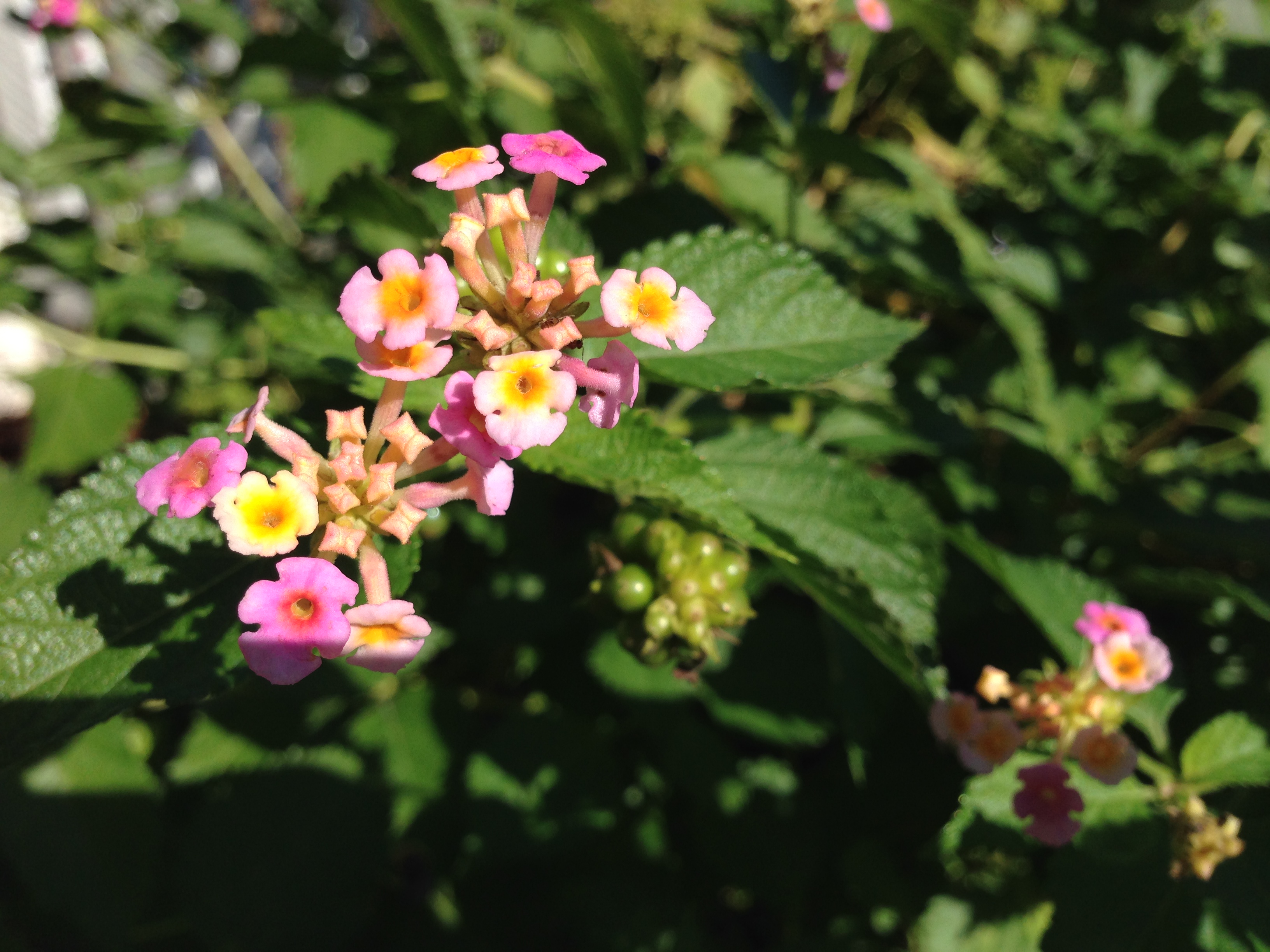
by Mary Salinas | Aug 19, 2014
Is your pet one of those that likes to nibble on or gobble down new plants in your home or landscape? If so, it would be wise to make sure that the new plants you introduce do not send you running with your pet to the vet. There are many common plants that can adversely affect the health of your cat or dog. Symptoms range from mild nausea and vomiting to death, depending on the plant species and the amount ingested.
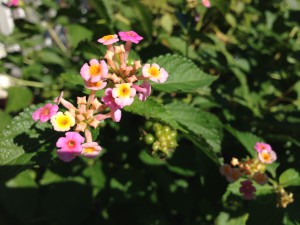
Lantana is toxic to cattle and horses as well as to pets. Photo credit: Mary Derrick, UF/IFAS Extension
This is a sampling of some common indoor plants that are toxic to pets: alocasia, amaryllis, Ti Plant, English Ivy, dieffenbachia, Chinese evergreen, philodendron, corn plant, cyclamen, desert rose, dracaena, peace lily, pothos, and schefflera.
Some landscape plants that may cause a problem include: azalea, bird of paradise, caladium, cape jasmine, Carolina jessamine, chrysanthemum, daffodil, day lily, kalanchoe, lantana, oleander, and sago palm.
For a comprehensive list visit the ASPCA website or The Humane Society website for more information and a comprehensive list.









